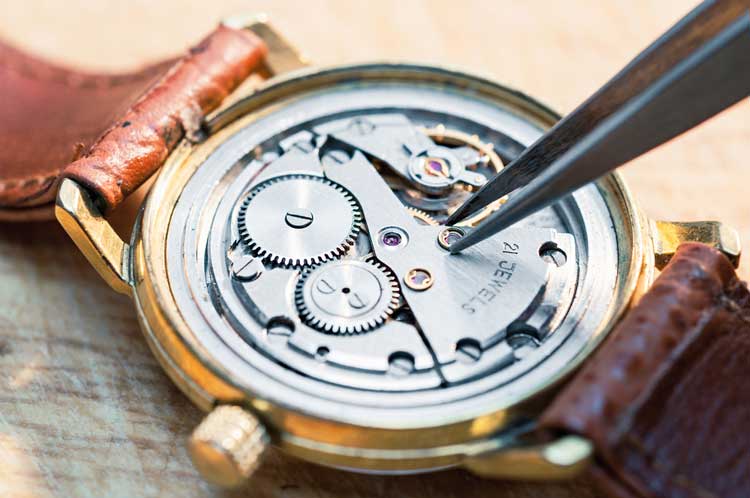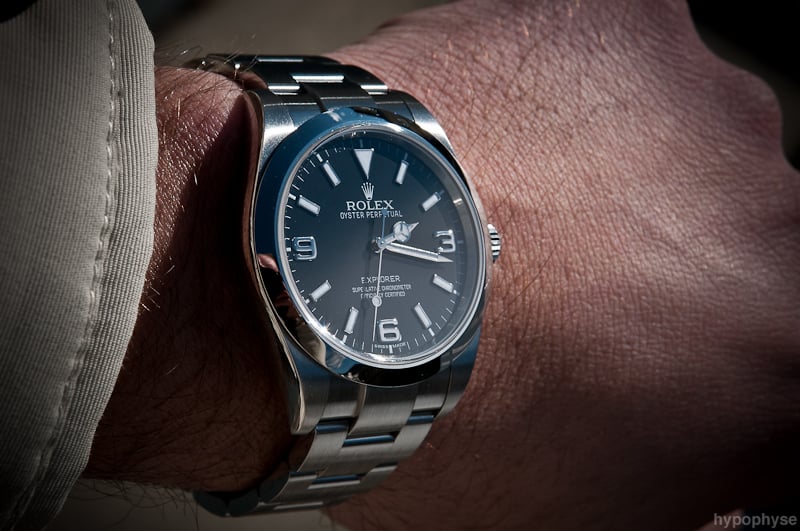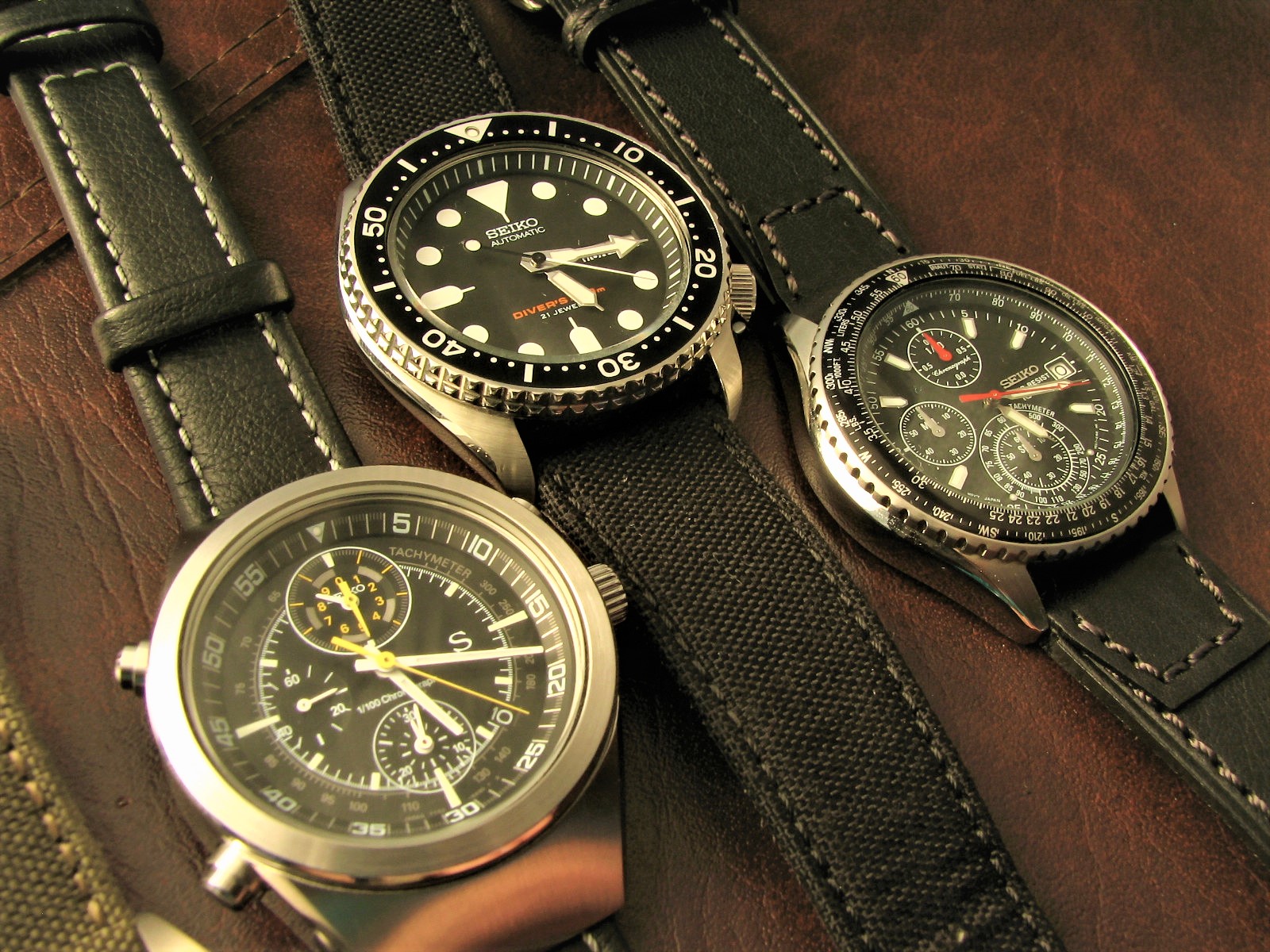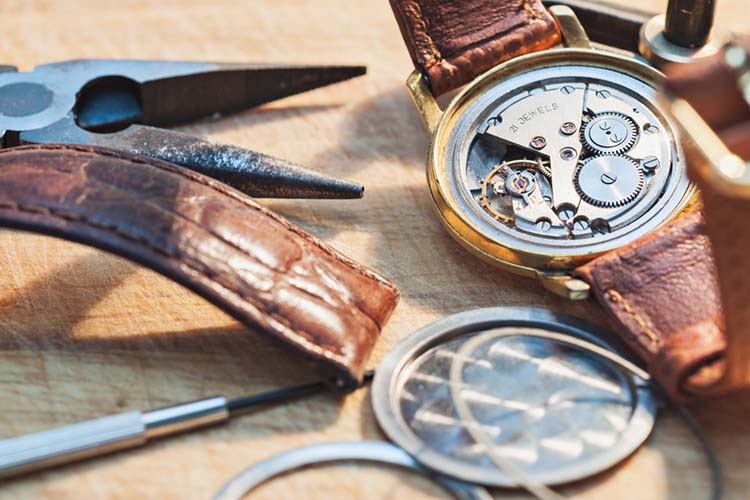A person who crafts clocks and watches, or simply has a great affinity for such timepieces, can proudly call themselves a “horologist.” Horologists are dedicated to the study of time, or horology. To be a professional horologist, one must study the craft and get the proper training.
While North America is not known for watchmaking compared to Switzerland, the American Watchmakers Clockmakers Institute (AWCI) does list six schools with degree programs that focus on the maintenance of mechanical wristwatches. AWCI certification requires a stringent 3-day examination of 4 major areas on the technical aspects of watchmaking.
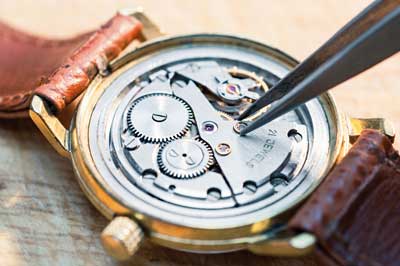
Table of Contents
The Ancient Origins of Timekeeping
Humanity has been obsessed with the passage of time since the first human gained consciousness and realized he was somehow already late for work.
The origins of timekeeping are believed to have occurred in Sumer, the birthplace of human civilization and the ancient society where written communication first developed. Since much of the Sumerian’s history has been lost in the millennia since their civilization fell, the details of their timekeeping techniques remain hypothetical.
The existence of timekeeping in ancient Egypt, however, has been confirmed. The original timepieces were obelisks: thin, vertical towers that end in a point (think the Washington Monument). The ancient Egyptian obelisks still hold a lot of mystery for modern historians, but what is known about them tells us not only how impressive their creation was, but how intelligent these ancient civilizations really were.
Sundials were much smaller and, thus, more accessible timepieces that nonetheless relied on the same principle of shadow timekeeping as obelisks. After sundials came water clocks, which, while more accurate, still lacked precision. For those early civilizations, they were sufficient, but dedicated horologists knew there had to be a more precise way of telling time.
The Modern Clock
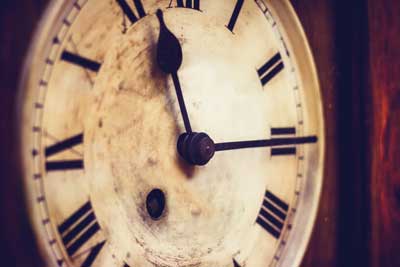
The first timepiece that might be considered “modern” was the pendulum clock. Though Galileo is credited by some as having originated the design, it was first created in 1656 by a Dutch watchmaker named Christian Huygens. The pendulum clock uses a swinging weight to measure time and until the 20th century, it was the most accurate timepiece available.
First built in 1927 by J.W. Horton and Warren Morrison, two researchers at Bell Telephone Laboratories, the quartz clock measures the passage of time using the frequency of a quartz crystal. Since the 1980s, quartz timepieces have been the most common, particularly in the wristwatch market that had previously been dominated by wound watches.
Role of a Horologist
Even as new scientific discoveries and technological advancements have made some forms of clocks obsolete while increasingly refining the mechanisms of timekeeping, horologists have remained an integral part of the continued relevance of timepieces in our lives.
Whether involved in the process of making timekeeping more precise or helping to craft timepieces that are stylish, artistic, and practical, horologists are both inventors and artists, left-brained and right-brained. It’s a unique field that draws in the naturally curious and the exceptionally creative.
If that sounds like a calling meant for you and you’re thinking about pursuing a career (or even just a hobby) in horology, there are some options you should consider.
How to Become a Watchmaker in the US?
Like most careers, the best way to get into horology is to study it in school. In the United States, there are eight different schools that offer degrees in horology.
The American Watchmakers – Clockmakers Institute (AWCI) provides a list of six schools that provide “the highest degree of knowledge, technical expertise, and professionalism in the horology industry.” These programs are designed to be completed in 12 to 15 months and focus mostly on the maintenance of mechanical wristwatches.
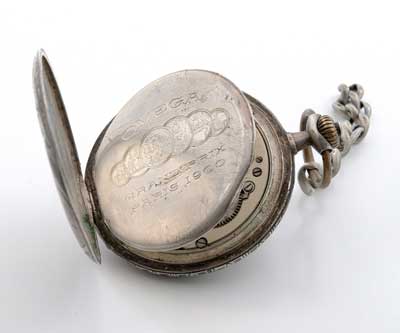
Another option is the Swiss American Watchmakers Training Alliance which provides a considerably more involved, two-year program. The SAWTA program has space for 42 students in three schools, one each in Lititz, Pennsylvania, Stillwater, Oklahoma, and Seattle, Washington.
Most intense of all is the Watchmakers of Switzerland Training and Education Program (WOSTEP). The degrees earned in this program are officially recognized by the Swiss watch industry.
Learning to Be a Horologist
Only two schools in America offer the 3,000-hour WOSTEP: the North American Institute of Swiss Watchmaking, in Fort Worth, Texas, and the N.G. Hayek Watchmaking School Miami, Florida.
Canadians looking to study horology are going to find their options much more limited. Only one watchmaking school remains in the whole country, Canada’s National School of Horology (École Nationale d’Horlogerie), located in Trois-Rivières, Quebec. Of course, Canadians always have the option of studying in the United States and returning home with their new expertise.
Anyone interested in a career in horology would be wise to check out the AWCI’s website for helpful information and guides.
If you’re looking for motivation to become a watchmaker, this short and jazzy promotional video by the American Watchmakers-Clockmakers Institute:
The Greatest Watchmaker To Ever Live?
Until his passing in 2011, Englishman George Daniels was known as “the world’s greatest living horologist.” Daniels was one of a very select few modern watchmakers who built the entirety of his watches from scratch, which is impressive dedication but only hints at his unique importance to the craft.
Daniels, who didn’t begin watchmaking until his 40s, was responsible for the creation of the coaxial escapement.
Escapements are devices that transfer energy to the timekeeping elements of mechanical timepieces and have been a necessary component since the first pendulum clocks were invented. Like all mechanical elements, the friction between the parts of the escapement depletes energy and must be counteracted with lubrication. Over time, this leads to reduced precision.
The genius of Daniels’ coaxial escapement was in the modification of a lever escapement to reduce the amount of contact between parts, thus reducing friction and practically eliminating the need for lubrication. This advancement, patented in 1980, helped make modern mechanical clocks far more precise. It isn’t hyperbole to say Daniels fundamentally changed watchmaking.
Who will be the next great horologist?
Daniels didn’t mind being called the greatest living horologist, but with his passing at the age of 85, there is now an undeniable void in the world of horology.
The next great advancement in timekeeping is just waiting to be discovered by a new generation of horologists. It could happen anywhere in the world and be discovered by anyone.
Perhaps it will be you.

